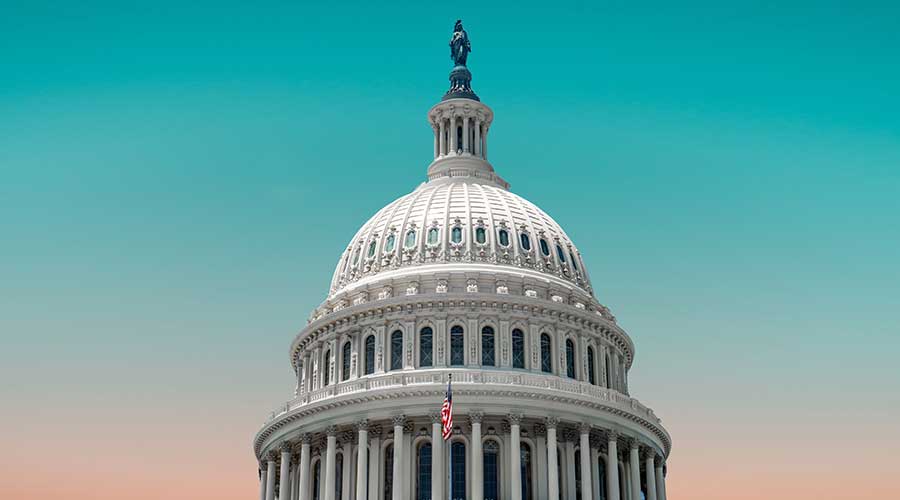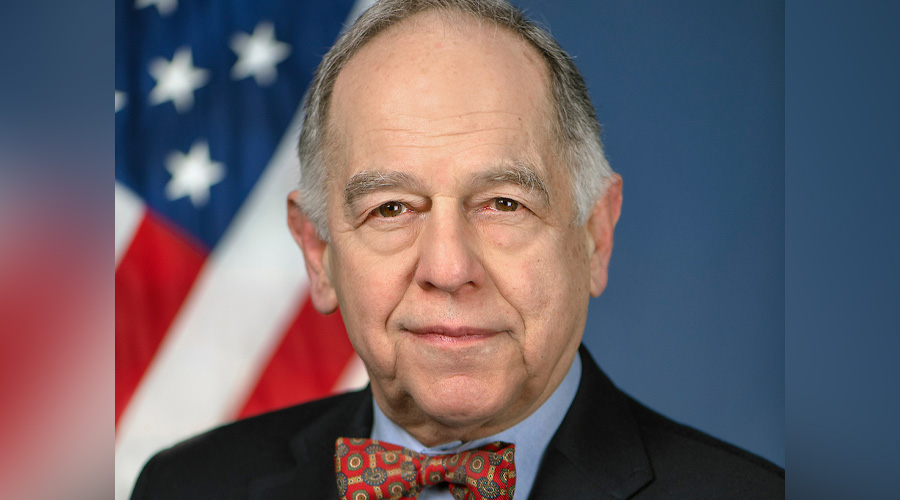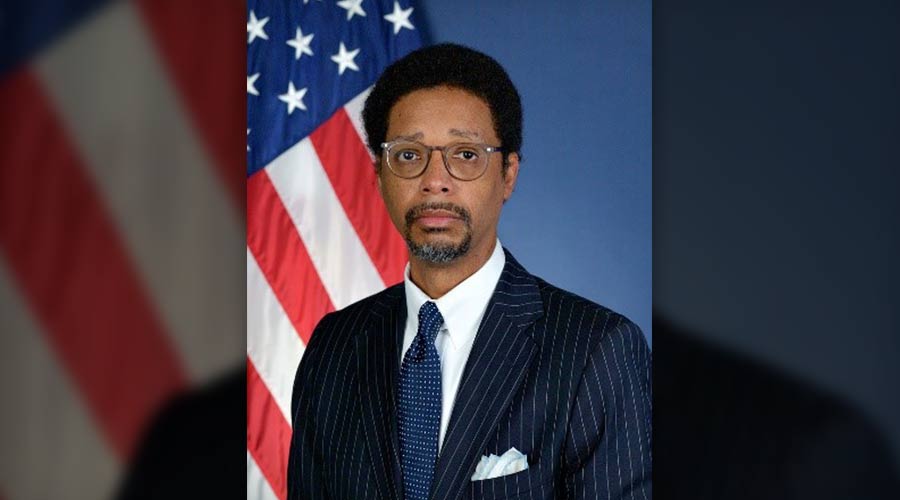Stay updated on news, articles and information for the rail industry
March 2011
Rail News: Federal Legislation & Regulation
Rail and federal funding: Obama's FY2012 budget and the proposed FY2011 cuts
by Julie Sneider, Assistant Editor
President Barack Obama's FY2012 federal budget proposal, which he sent to Congress on Feb. 14, left little doubt that he's serious about investing in the nation's transportation infrastructure.
The $3.2 trillion budget proposal would allocate $129 billion for the U.S. Department of Transportation (USDOT), and craft a $556 billion, six-year surface transportation plan to modernize infrastructure. The surface transportation plan would provide $53 billion to develop a nationwide high-speed rail network, which would meet the president's goal to provide 80 percent of Americans access to high-speed rail service within 25 years.
The FY2012 budget proposal would establish a new foundation for economic growth and competitiveness by rebuilding the nation's transportation systems, U.S. Transportation Secretary Ray LaHood said in a prepared statement.
The budget proposal also includes:
- a $50 billion boost above current-law spending for railways, roads and runways to stimulate job creation in the first year of the six-year transportation plan;
- $8 billion in FY2012 for the high-speed rail network;
- $30 billion over six years to create a national infrastructure bank that would fund projects with national and regional significance to the economy;
- $22.4 billion for the Federal Transit Administration; and
- $223 million for the Federal Railroad Administration to conduct safety inspections.
Impact on Amtrak
The proposal also would include intercity passenger-rail programs in the six-year transportation plan, and move Amtrak's subsidies from the annual appropriations process into the six-year plan. The change would require Amtrak to compete for grants through a high-speed rail "system preservation" initiative.
That could be "a win" for Amtrak, said Chuck Baker, president of the National Railroad Construction and Maintenance Association and an American High Speed Rail Alliance board member, in an interview last month with HSRupdates.com, an online subscription service of Progressive Railroading.
The change provides a six-year funding plan for Amtrak, meaning it wouldn't have to argue its case for federal funds every year through the appropriations process, Baker said.
"If you look at the dollar amounts, Amtrak is currently getting a $1.5 billion subsidy from the federal government, which, from the viewpoint of most people in the industry, is not enough — and I'd agree with that," he said. "Under [Obama's budget] proposal, Amtrak would compete in the $4 billion system preservation account, and from my point of view, they likely would take the lion's share of that account."
Budget Plan Faces Uphill Battle
Realistically, however, the budget proposal faces an uphill battle in a Congress that's sharply divided along partisan lines, Baker added.
Indeed, many Congressional Republicans greeted Obama's budget proposal with scorn.
"Here we sit, $14 trillion in debt with our heads underwater, and the president proposes more spending, more borrowing and more taxes on a recovering economy," said U.S. Rep. Bill Shuster (R-Pa.), who chairs the House Subcommittee on Railroads, in a prepared statement.
And into March, the Republican-led House and Democratic-led Senate continued to spar over funding for the remainder of FY2011. Six days after Obama sent his proposal to Congress, the House passed H.R. 1, a continuing resolution (CR) calling for $61 billion in spending cuts in the current fiscal year.
If enacted, the CR would eliminate $3.72 billion in stimulus funds for high-speed rail and $2.475 billion from appropriations for FY2010, according to the American Public Transportation Association. H.R. 1 also would slash Amtrak funding; rescind $50 million in FY2010 grants for positive train control (PTC) and eliminate PTC funding in FY2011; reduce New Starts and Small Starts funding to $431 million below the FY2010 level in FY2011 and slice another $280 million from FY2010; and cut $150 million in federal dollars authorized for the Washington Metropolitan Area Transit Authority in FY2011.
On March 2, Obama signed a bill to fund government operations through March 18, giving the House and Senate more time to resolve differences over funding for the rest of FY2011.
Keywords
Browse articles on federal budget 2012 federal budget rail funding infrastructure funding surface transportation funding high-speed rail stimulus funding surface transportation reauthorization Amtrak Federal Transit Administration Federal Railroad Administration FTA FRA positive train control PTCContact Progressive Railroading editorial staff.


 LRW Honors Amtrak’s Acheson As Railway Woman Of The Year
LRW Honors Amtrak’s Acheson As Railway Woman Of The Year
 From Editor-In-Chief Foran: Of Gender Equity And Inclusion
From Editor-In-Chief Foran: Of Gender Equity And Inclusion
 Spotlight On Some Of Today’s Rail Safety Products
Spotlight On Some Of Today’s Rail Safety Products
 Women of Influence in Rail eBook
Women of Influence in Rail eBook
 railPrime
railPrime







